- One of the priority energy projects to be implemented in the China-Pakistan Economic Corridor to alleviate the power shortage inPakistan

This is the Kristan Desert. There is a large green grass growing in the desert, do you believe it? Isaac, who has lived here for generations, absolutely did not believe it: "How is this possible? Except for the yellow sand or the yellow sand, how could grass grow?" He was completely stunned when the photo was taken.
The Kristan Desert, located on the outskirts of Bahawal, Punjab Province, Pakistan, is inaccessible, with only the endless scorching sun scorching the bare yellow sand, as if it is another planet without human habitation. It was amazing that the desert grew green grass. What surprised Isaac and his compatriots more than this was that this desert had become their source of light! In May 2015, ZTE Energy Pakistan's 900 MW photovoltaic power station officially started construction. With the joint efforts of Chinese and Pakistani staff, 50 MW of grid-connected power generation was completed in 90 days, and 300 MW was completed in June 2016. The first phase of the project and the smooth connection to the grid have greatly eased the local power shortage in Pakistan and created more miracles for the local economic development and improvement of people's livelihood.
The days of power outages begin to fade away
Punjab is the most developed industrial and agricultural province in Pakistan, with a population of over 100 million. Power outages are commonplace, and the situation in remote rural areas is even worse. During the day, the power supply is limited to three or four hours at most, which seriously affects people's lives and also restricts economic development.
"In the summer, there was a 12-hour power outage every day, which seriously affected work and life during the day, and could not escape at night, and often woke up at two or three o'clock in the middle of the night. The electrical appliances that I finally bought have also become decorations, and candles have almost become home furnishings. Necessities." 28-year-old Jahan Zaib heard that ZTE Energy's Punjab photovoltaic project was recruiting local employees, and signed up immediately.
Many Pakistanis, like Jahan Zaib, are struggling with electricity difficulties. However, the supply of coal resources is in short supply and the cost of imported resources is very high. To truly solve the problem of electricity demand, it is to engage in photovoltaic power generation! China ZTE Energy Co., Ltd. has given practical solutions based on the actual situation in Pakistan, and the builders have also turned their attention to the desolate land of Kristan.
Although it is not suitable for human habitation, it has ideal conditions for photovoltaic power generation: the local sunshine time is up to 3,000 hours a year, which is one of the regions with the highest solar radiation rate in the world, and photovoltaic power generation is an ideal choice. Moreover, compared with the construction of thermal power plants, although the power supply of thermal power plants is larger, the construction period of photovoltaic power plants is much shorter, and part of the electricity demand can be solved at the fastest speed.

Today, the 300 megawatts of the first phase of the Zhongxing Energy Photovoltaic Power Station have been fully connected to the grid for three years. As of June 2019, the cumulative power generation was about 1.56 billion kWh, meeting the electricity demand of about 280,000 local households. The daily power outage time has been shortened to one or two hours, easing the local power shortage. Moreover, compared with traditional thermal power generation, photovoltaic power plants can reduce coal consumption by nearly 170,000 tons and reduce greenhouse gas emissions by nearly 400,000 tons.
For the sustainable development of local resources and environment, the Pakistani government vigorously advocates the awareness of green environmental protection, and plans to gradually increase the proportion of green energy power generation in the future. The ZTE Energy Photovoltaic Power Plant has become a pioneer in developing solar power generation in Pakistan, and has important demonstration significance for the future development of green energy power generation in Pakistan.
Now Jahan Zaib is already a squad leader and inspects the power station every day. Seeing the rows of proudly standing photovoltaic panels, he couldn't help but feel a sense of satisfaction and achievement in his heart, "The dawn is in the near future, and the days of uninterrupted power supply are just around the corner. I feel that my work is particularly meaningful." He said: "When the third phase of the photovoltaic power station of 900 megawatts is completed, the day of uninterrupted power will come."
Challenges in the heat
It is not easy to build a photovoltaic power station in the desert. Just the word "sun" made the builders of the power station suffer. In June, the temperature in the desert reached 50°C, not to mention construction, it was difficult to support just by staying still. In the sultry desert like an endless steamer, people fall down from heat stroke every day. In the early stage of construction, there was no water, no roads, and no electricity. Everyone could only sleep in a container. It was cold in winter and hot in summer, almost like lying directly in the wasteland.
The piling foundation of the photovoltaic area is the largest part of the whole project, and drilling is the first step of piling. If the piling cannot keep up with the progress, all subsequent works will be delayed. But the Chinese builders never expected that only one team of mechanical drilling machines could be found in Pakistan, and they could not deliver the work on time.
How to do? The construction period is tight, and we can only mobilize everyone to show their magical powers, and various "earth methods" emerge one after another. During that time, the construction site was very lively. Various drilling methods seem to let people see a complete history of drilling technology development. In addition to some workers operating conventional large-scale mechanical drilling machines, there are also 20 workers holding small drilling machines, 50 teams of manually digging holes, and more unexpectedly, there are workers driving tractors converted into " Imitation drilling machine". With different frequencies of various equipment, various speeds and various strengths, they jointly laid foundations large and small. Rumbling and jingling, this "percussion band", which gathered all kinds of drilling equipment in Pakistan, staged a high-speed and high-level "concert" in the hot summer.

A more spectacular scene is the scene where hundreds of construction teams put cables together. The cables are thick and heavy, several kilometers long, and need to be pulled off the rollers and put into the cable trench. Due to lack of equipment, it can only be done manually. The mighty long team of hundreds of people even completed the task in a uniform manner. "One! Two! One! Two!" The neat shouts echoed in the empty desert, so harmonious and full of power.
Before and after, more than 500 Chinese technicians and nearly 3,000 Pakistani staff participated in the construction of the first phase of the 300-megawatt project. Everyone worked together to fight the rainy season, the scorching heat, the wind and sand, and the technical difficulties, and promote the project construction with high standards.
Facing numerous challenges, colleagues from China and Pakistan have become close partners sharing weal and woe. During the construction, local Pakistani technicians and construction personnel learn by doing, and grow rapidly, and some people can even take charge of the project alone. After the power station is connected to the grid for power generation, engineers from China and Pakistan jointly undertake the daily operation and maintenance work, of which 80% are Pakistani engineers.
"The high temperature of 50°C in summer, the ubiquitous mosquito bites, and the longing for distant relatives are all tormenting us, but everyone is persevering, just for the early completion of the project and power generation." ZTE Energy's post-90s civil engineer Yang Shuai Say.
ZTE Energy Pakistan photovoltaic power station not only makes the Pakistani people "bright and accessible", but also illuminates the communication and cooperation between different regional civilizations, and the complete integration of the wisdom and culture of the employees of the two countries. "The days of sleeping in containers, although the conditions are simple, but seeing the photovoltaic panels all over the floor, I feel that it is worth it! When I told my friends that I participated in the construction of photovoltaic power plants, I was very proud!" Sitting in the office Zadran, a Pakistani employee who took a lunch break, patted his Chinese brother Wang Yixin, who was sitting beside him.
"If your brothers are envious, you can come to our second phase to apply for a try. The second phase is about to start, and there will be a lot of people." Wang Yixin's words made other Pakistani colleagues in the dormitory laugh.
Changming Mosque in "Light Energy Oasis"
As the sun sets in the west, the clouds in the sky reflect the afterglow of the sunset, making the entire sky red. On the vast land, a white mosque also put on a crimson coat, standing quietly, peaceful and beautiful. Various photovoltaic panels are placed around the mosque, and the snow-white dome in a blue sky is particularly dazzling.
"Thanks to the photovoltaic power station for keeping the mosque for us! And it is even more beautiful than the previous mosque!" Speaking of this renovated mosque, the supervisor on duty of the power station was very excited, and the locals on the side all agreed.
It turned out that as early as the start of the project, the construction team of the photovoltaic power station discovered that there was a mosque in the project area, and it became a question whether to keep it or demolish it. Although the owner clearly informed the construction team that the construction team could be demolished, and the local people did not express the necessity to keep the mosque, ZTE Energy revisited the project plan in consideration of local religious habits, and finally kept the mosque.
Not only that, ZTE Energy also carefully renovated the walls and roof of the mosque, and also repaired the water well, so that local employees and even the surrounding villagers can easily come to pray. For those workers who cannot come to the mosque to pray during working hours, the power station has also set up independent prayer rooms in each booster station. Every day after get off work, the adhan of prayers will be heard on the radio, reminding the believers that it is time for the obituary. Some employees and nearby residents will also walk in the direction of the mosque in twos and threes.

Here, "respecting the local culture" is definitely not an empty slogan. During Ramadan, local workers do not eat or drink water during the day, making it difficult for them to continue working, so the Chinese workers try to do as much work as possible. On major festivals such as Eid al-Fitr and Eid al-Adha, local employees will receive gifts and festival fees carefully prepared by the company, participate in the company-organized dinner activities, and enjoy paid holidays. On the other hand, the Chinese station masters have to replace the local colleagues who are going to participate in the collective activities, and will be on duty at 5:00 in the morning to ensure the normal operation of the power station.
"I am very grateful to my Chinese colleagues. They respect our cultural customs. In order to communicate with us better, they also taught themselves Urdu. Now, we also like to play table tennis together." Harima, who had finished his twilight prayers at the mosque in the park, sorted out his clothes while talking to his Chinese colleagues, and hurried out of the mosque and walked towards home.
It was dark, but the lights in the mosque were still bright... In the Kristan desert, there is a blue ocean made up of millions of photovoltaic solar panels. "In the past, this place was a desert, and even the locals would not come here. But now, this place has become the most advanced light energy oasis." Isaac said excitedly, pointing to the surrounding blue photovoltaic panels: " Because the water for cleaning photovoltaic panels infiltrates the soil downstream, weeds and other plants grow in this barren land, and plants grow in the desert, which can also prevent further desertification of the surface to a certain extent. The windfall of building a photovoltaic power station." Keywords: One Belt One Road, One Belt One Road Project, One Belt One Road News
Pakistan is an important country on the ancient Silk Road. Faxian, an eminent monk in the Eastern Jin Dynasty, and Xuanzang, an eminent monk in the Tang Dynasty, both visited the ancient city of Taxila. The art of Gandhara also entered China with Buddhism. Thousands of years later, China has sent clean new energy to Pakistan. The Chinese plan of "Light Energy Oasis" has lit up the lights in everyone's heart. In every degree of green light transmitted, the people of the two countries are condensed. Deep friendship forged together.Editor/XuNing
Comment
 Praise
Praise
 Collect
Collect
 Comment
Comment
 Search
Search


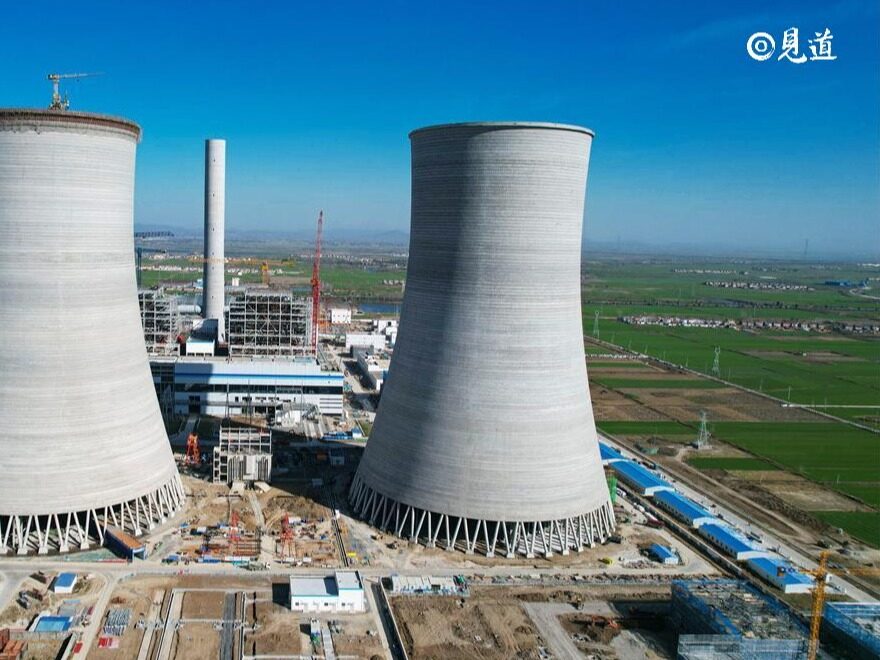
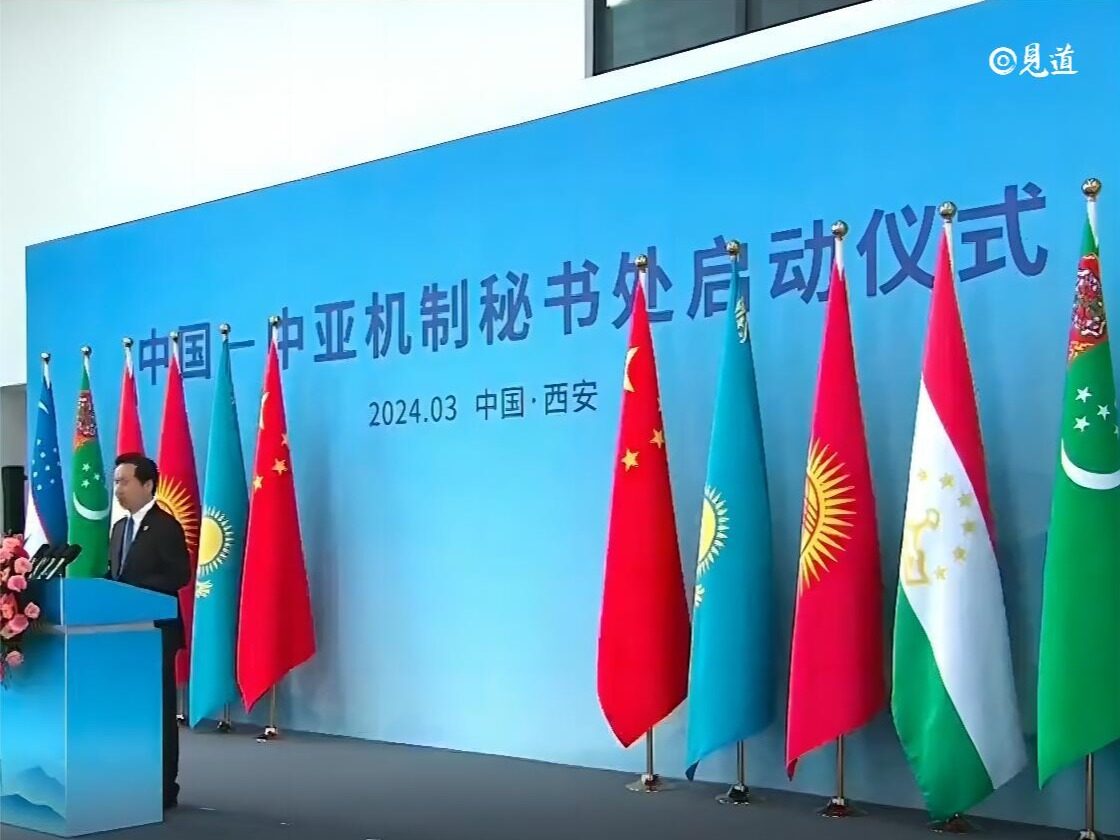
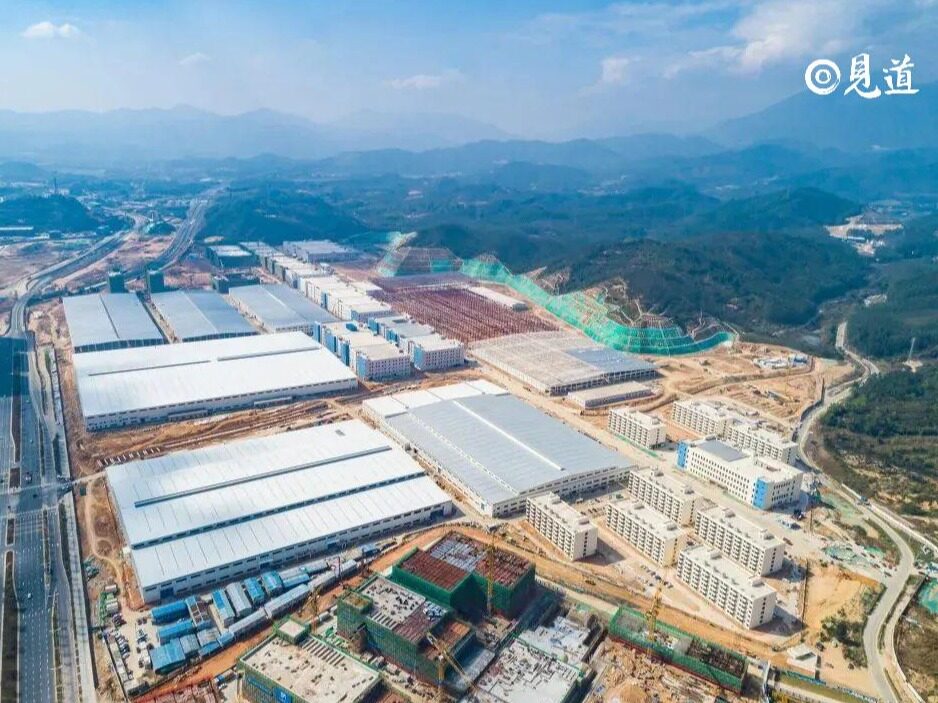

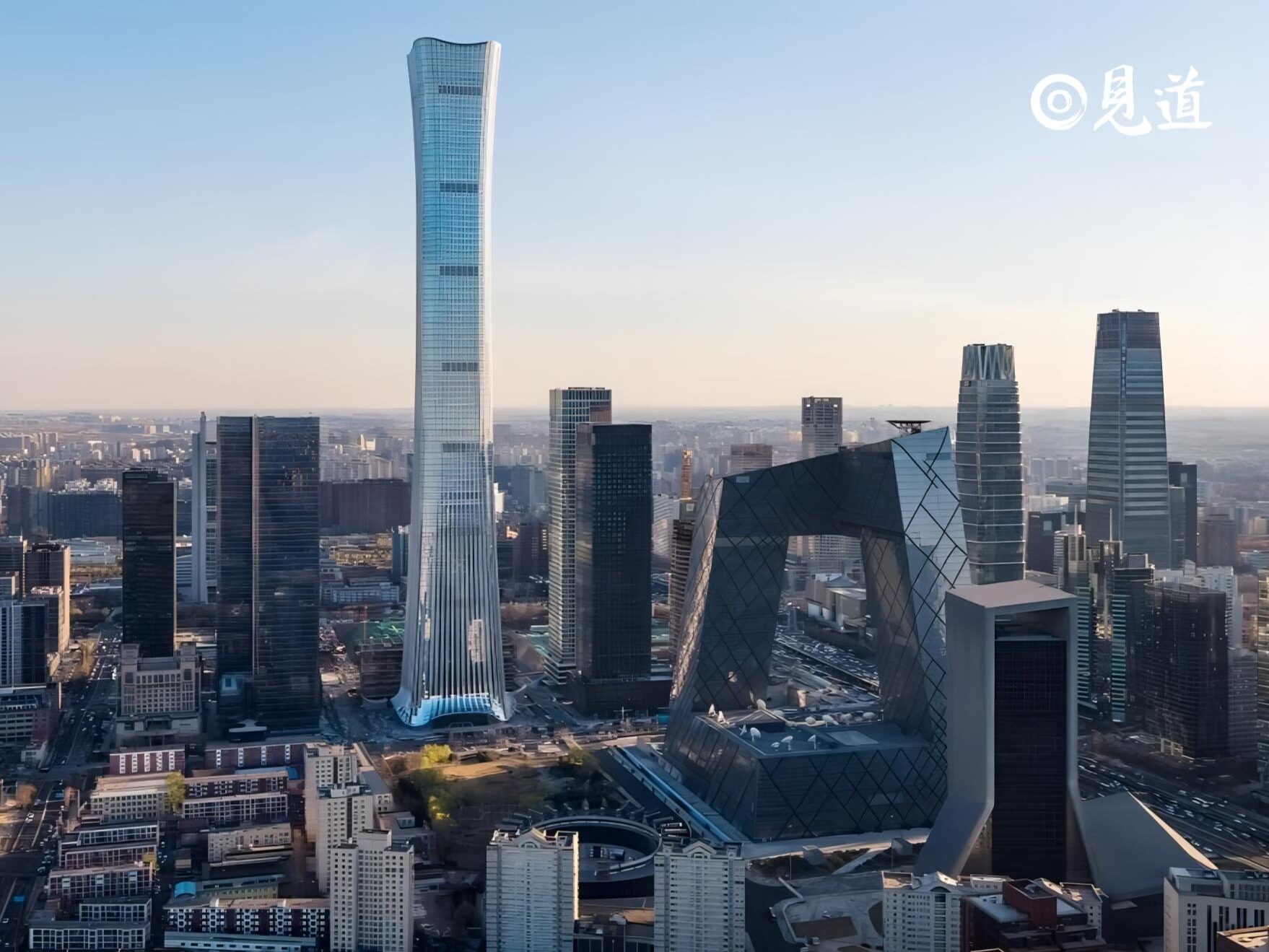
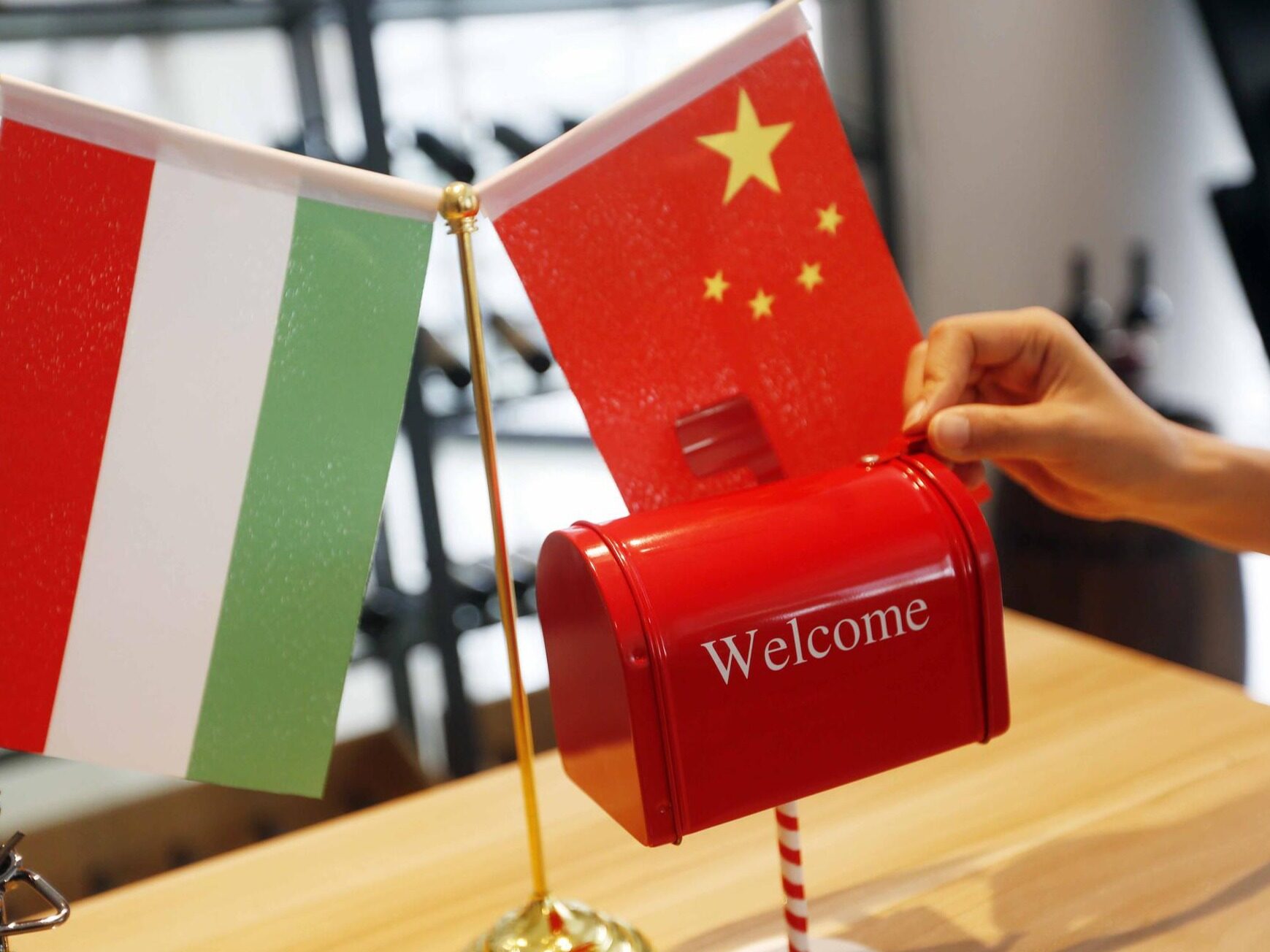






Write something~